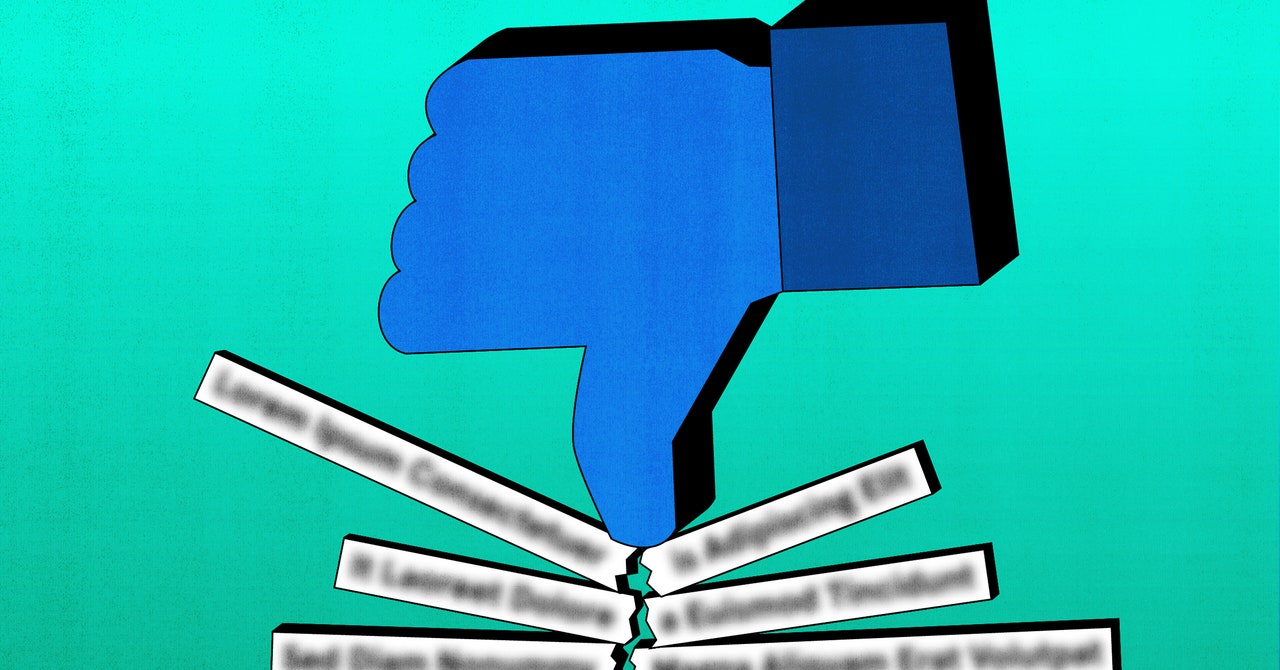In his memo announcing the closure of BuzzFeed’s news business, CEO Jonah Peretti recognized a serious mistake: he didn’t realize Facebook wasn’t his friend.
Peretti, of course, said it differently. He had, he admitted, “slowly accepted that major platforms wouldn’t provide the distribution or financial backing needed to support premium, free journalism built specifically for social media.” BuzzFeed, which appears to be built for Facebook’s algorithm, had been trying to dangerously balance a world-class news organization. This week, that plan collapsed.
The social media that BuzzFeed is built for, namely Facebook, are also starting to falter. Just a day before BuzzFeed News died, Facebook’s parent company, Meta, announced it would lay off 4,000 employees, following a first round of layoffs in late 2022 that saw the loss of more than 11,000 employees. The internet is changing, fast. Young people are trading Meta’s products, especially Facebook, for TikTok. Meta and Google’s stranglehold on the digital advertising space is starting to loosen. BuzzFeed tied its star to the Web 2.0 platforms, and now that star is fading.
BuzzFeed was launched in 2006, just two years after Facebook (now Meta). The company attracted readers through its popular lists and quizzes, many of which filled Facebook feeds as the platform grew in popularity. In 2011, BuzzFeed hired Ben Smith, then at Politico, to lead the company’s push into news reporting. BuzzFeed was the future and grew rapidly.
But the unregulated power of digital advertising, caught in a stranglehold by Big Tech, combined with many media organizations making their websites free for both platforms and people, created a perfect storm. “A handful of platforms rule the digital public sphere,” said Courtney Radsch, a postdoctoral researcher at UCLA who studies the intersection of technology and media. “News channels are really being held hostage by that.”
Journalism – whether online, print, TV or radio – has almost always made money from advertising. But Big Tech companies, especially Google and Meta, quickly took control of that revenue model with their wealth of user data. In 2017, nine years after BuzzFeed was founded, Meta accounted for 20 percent of all digital ad revenue and Facebook alone had 2 billion users.
For publications founded in the digital age, the promise of this massive reach came with dangers. By skillfully catering to what Facebook’s algorithm and audience wanted, BuzzFeed was able to reach huge numbers of people. At the time it was a no-brainer. Facebook was everywhere, and in the aftermath of the Great Recession in 2008, advertising budgets, hitherto focused on more traditional media, had plummeted. When they recovered from 2010, money shifted from traditional media to digital advertising, of which Meta and Google owned half in the US.
Radsch calls Google and Meta “the operating systems of the social web,” thanks in part to their stranglehold on digital advertising and, at times, their ability to make publishers around the world dance to their beat. Such was the case in 2015, BuzzFeed, along with the The New York Times, began publishing directly to Facebook itself with the Instant Articles feature, which allowed publishers to keep 70 percent of ad revenue. “Facebook really understood what would be important to us,” BuzzFeed’s then-President Greg Coleman said at the time.

